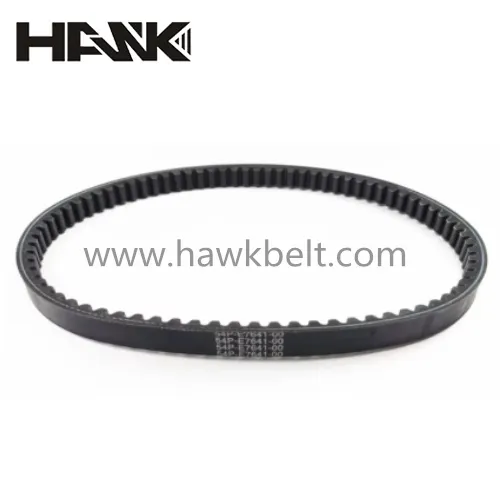- Arabic
- French
- Russian
- Spanish
- Portuguese
- Turkish
- Armenian
- English
- Albanian
- Amharic
- Azerbaijani
- Basque
- Belarusian
- Bengali
- Bosnian
- Bulgarian
- Catalan
- Cebuano
- Corsican
- Croatian
- Czech
- Danish
- Dutch
- Afrikaans
- Esperanto
- Estonian
- Finnish
- Frisian
- Galician
- Georgian
- German
- Greek
- Gujarati
- Haitian Creole
- hausa
- hawaiian
- Hebrew
- Hindi
- Miao
- Hungarian
- Icelandic
- igbo
- Indonesian
- irish
- Italian
- Japanese
- Javanese
- Kannada
- kazakh
- Khmer
- Rwandese
- Korean
- Kurdish
- Kyrgyz
- Lao
- Latin
- Latvian
- Lithuanian
- Luxembourgish
- Macedonian
- Malgashi
- Malay
- Malayalam
- Maltese
- Maori
- Marathi
- Mongolian
- Myanmar
- Nepali
- Norwegian
- Norwegian
- Occitan
- Pashto
- Persian
- Polish
- Punjabi
- Romanian
- Samoan
- Scottish Gaelic
- Serbian
- Sesotho
- Shona
- Sindhi
- Sinhala
- Slovak
- Slovenian
- Somali
- Sundanese
- Swahili
- Swedish
- Tagalog
- Tajik
- Tamil
- Tatar
- Telugu
- Thai
- Turkmen
- Ukrainian
- Urdu
- Uighur
- Uzbek
- Vietnamese
- Welsh
- Bantu
- Yiddish
- Yoruba
- Zulu
Sep . 28, 2024 17:29 Back to list
power transmission belts
Power Transmission Belts Essential Components in Mechanical Systems
Power transmission belts are critical components in various mechanical systems, playing a fundamental role in the transfer of power from one part of a machine to another. These belts convert rotational motion from the drive source, such as an electric motor or engine, into the movement required to operate machinery, appliances, and vehicles. The versatility and efficiency of power transmission belts have made them integral to industries ranging from automotive to manufacturing.
The most common types of power transmission belts include V-belts, flat belts, and timing belts
. Each type has unique characteristics, advantages, and applications.V-Belts are widely used due to their ability to efficiently transmit power while accommodating misalignment. They have a trapezoidal cross-section, which allows for better grip and less slip during operation. This design enables V-belts to handle high loads and operate at higher speeds. They are commonly found in appliances, HVAC systems, and agricultural machinery.
Flat Belts, on the other hand, are characterized by their simple rectangular shape. They are typically used in applications requiring long-distance power transmission between two parallel shafts. Although flat belts are not as efficient at high speeds compared to V-belts, they are less prone to heat buildup and can handle more significant changes in load. Industries such as textile and food processing often employ flat belts to facilitate the movement of goods through conveyor systems.
power transmission belts

Timing Belts are a specialized type of power transmission belt that features evenly spaced teeth along their inner surface. This toothed design ensures precise synchronization between two rotating components, making timing belts ideal for applications where accurate timing is crucial, such as in automotive engines and robotic systems. Unlike V-belts and flat belts, timing belts operate without slippage, ensuring reliable performance in precision applications.
The materials used in manufacturing power transmission belts have greatly evolved over the years. Traditionally, belts were made from leather, cotton, or rubber. Today, advanced materials such as polyurethane, neoprene, and aramid fibers are employed to enhance durability, flexibility, and resistance to wear and tear. The incorporation of these materials has significantly improved the efficiency and longevity of power transmission belts, allowing them to perform well under various environmental conditions.
Maintenance of power transmission belts is essential to ensure optimal performance and prevent costly downtime. Regular inspection for signs of wear, proper tensioning, and alignment are crucial factors in extending the lifespan of these belts. Additionally, lubrication may be necessary for specific applications to reduce friction and wear.
In conclusion, power transmission belts are vital components in numerous mechanical systems, serving as the backbone of power transfer in various industries. With continuous advancements in materials and design, these belts are becoming increasingly efficient and durable, adapting to the ever-growing demands of modern technology. As industries evolve and the need for reliable power transmission grows, the significance of power transmission belts in engineering and manufacturing will undoubtedly remain paramount.
-
Korean Auto Parts Timing Belt 24312-37500 For Hyundai/Kia
NewsMar.07,2025
-
7PK2300 90916-T2024 RIBBED BELT POLY V BELT PK BELT
NewsMar.07,2025
-
Chinese Auto Belt Factory 310-2M-22 For BMW/Mercedes-Benz
NewsMar.07,2025
-
Chinese Auto Belt Factory 310-2M-22 For BMW/Mercedes-Benz
NewsMar.07,2025
-
90916-02660 PK Belt 6PK1680 For Toyota
NewsMar.07,2025
-
drive belt serpentine belt
NewsMar.07,2025

